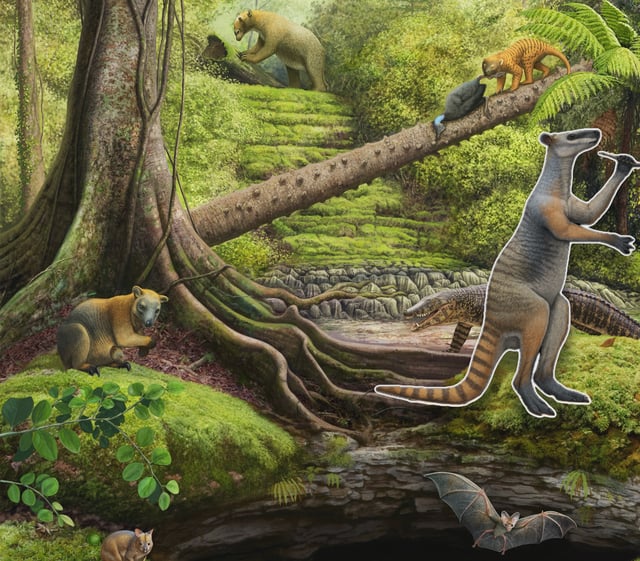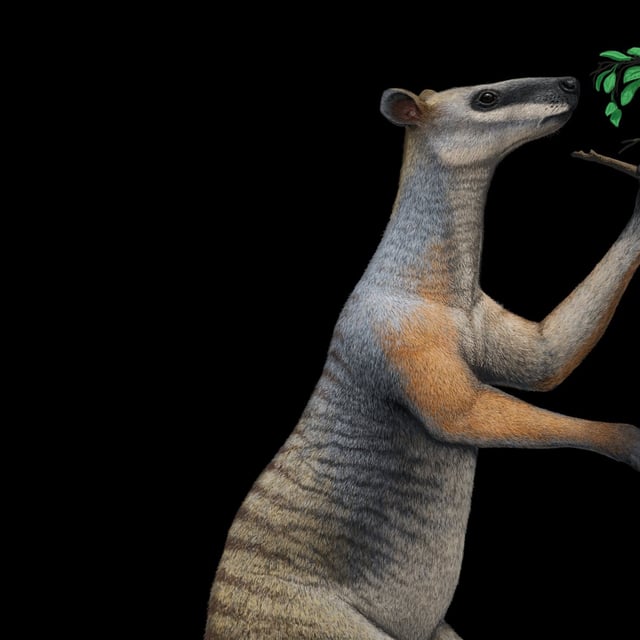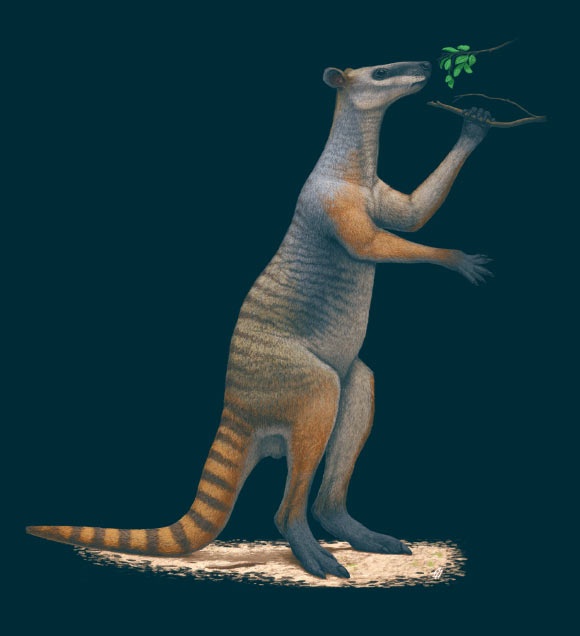Overview
- Protemnodon, a genus of giant forest kangaroos weighing up to 170 kg, lived across Sahul until about 40,000 years ago.
- Recent strontium isotope data from fossils at Mt Etna Caves show that Protemnodon species had surprisingly small home ranges, spanning only 3.6 to 19.8 square kilometers.
- Unlike modern kangaroos, their movements were habitat-dependent rather than dictated by body size, thriving in biodiverse rainforests for roughly 200,000 years.
- Their browsing diet, supported by low-crowned teeth and long forearms, relied on nutrient-rich shrubs and bushes, contrasting with the grazing habits of modern kangaroos.
- Climate drying between 280,000 and 205,000 years ago reduced rainforest habitats and, combined with their limited mobility, likely contributed to their extinction.



